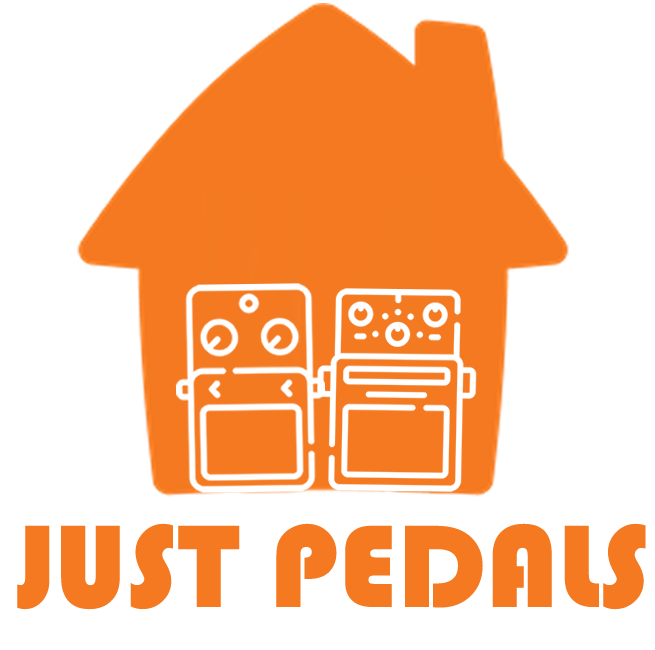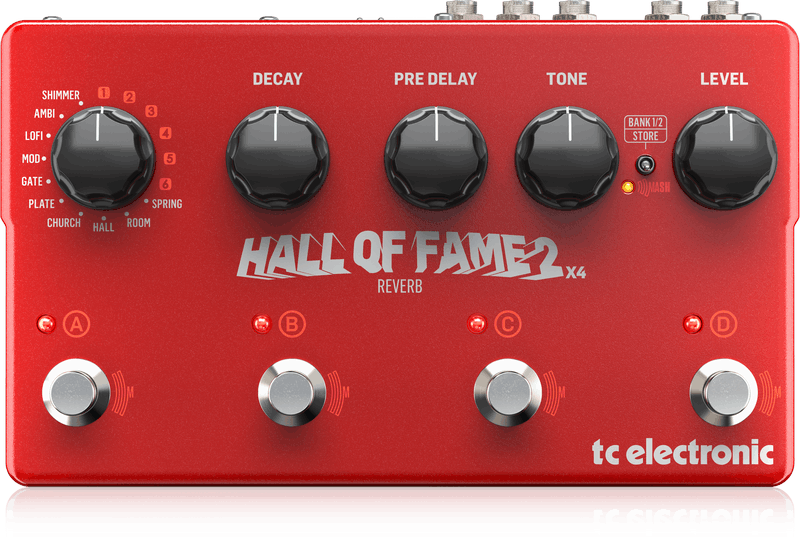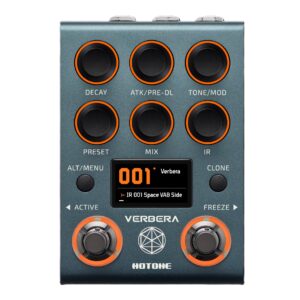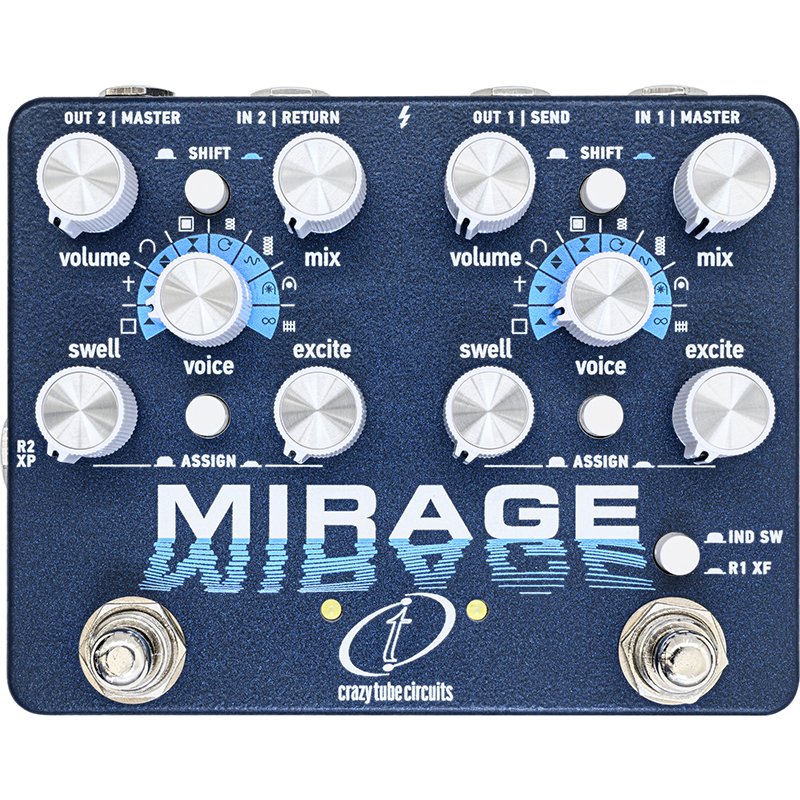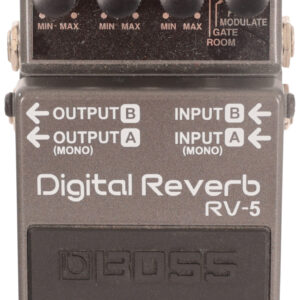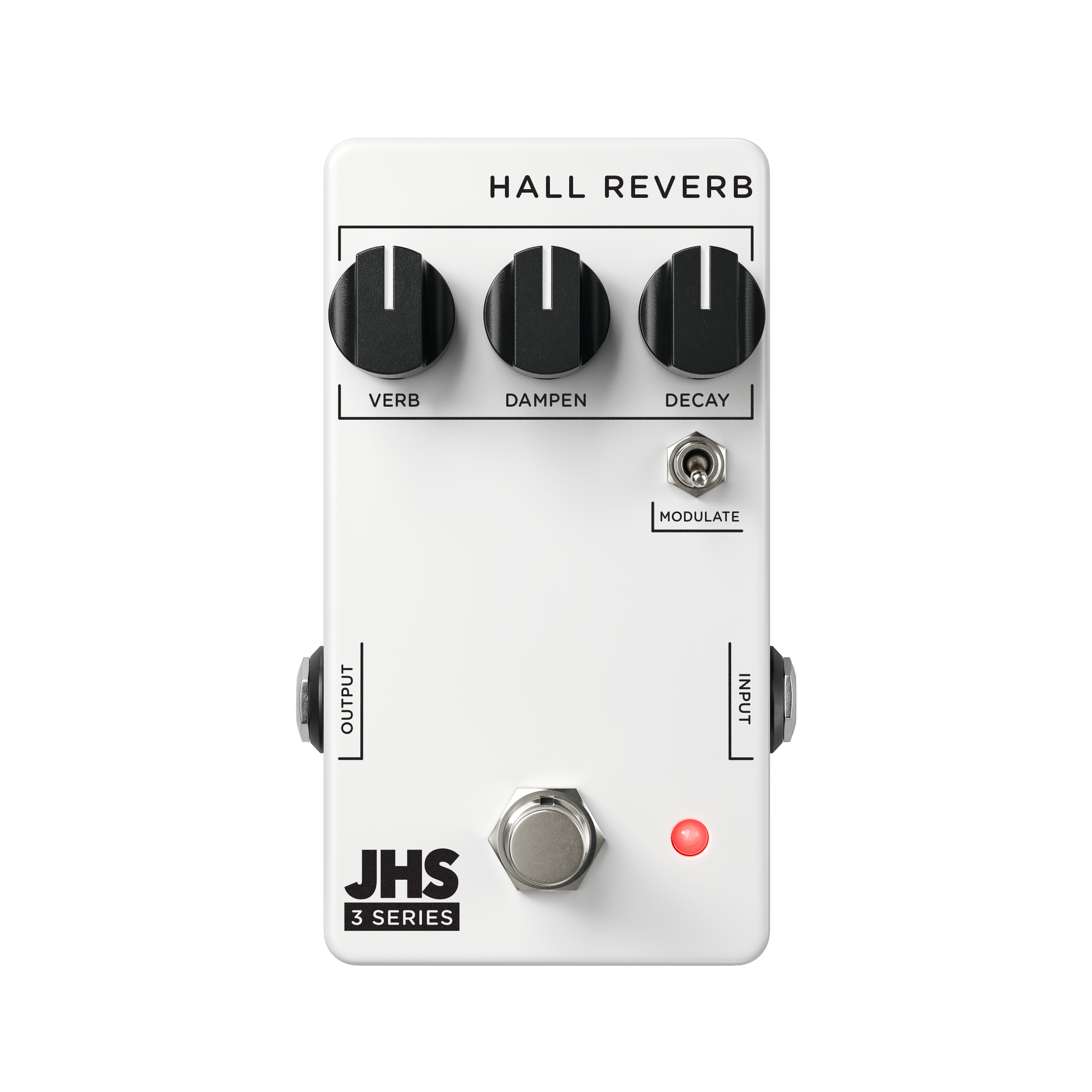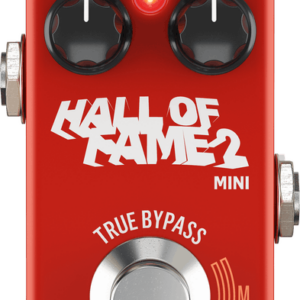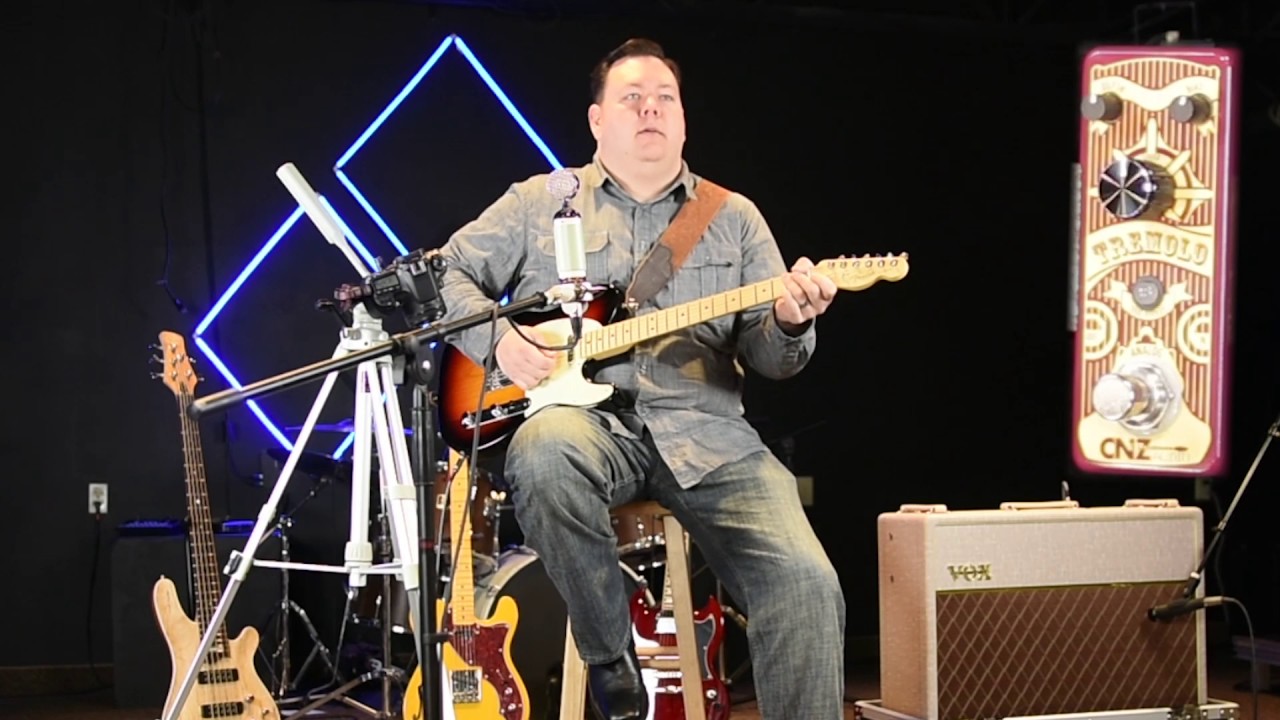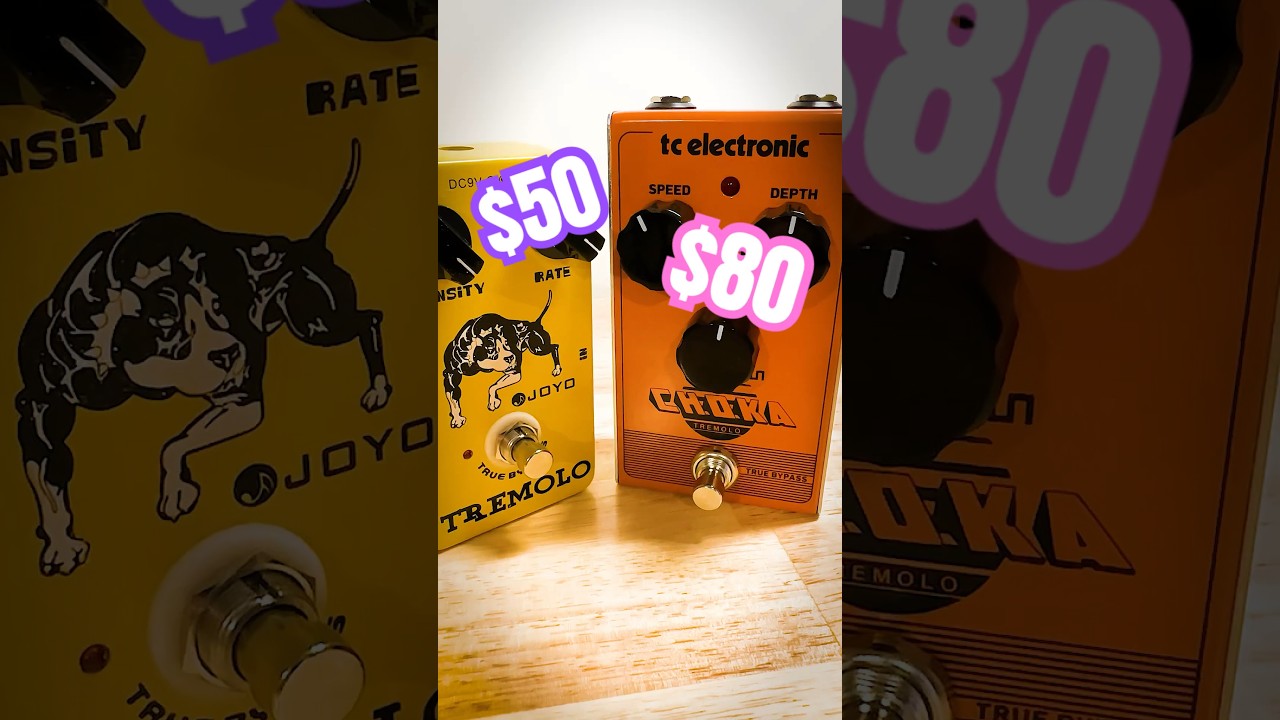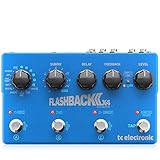Description
The TC Electronic Hall of Fame 2 X4 Reverb Pedal is currently retailing at £169.99 and it is in stock. Available to be delivered to you by post direct (some charge may apply). The top pedal chef at Just Pedals thinks that TC Electronic nailed it here. TC Electronic Hall of Fame 2 X4 Reverb Pedal
We have new and used TC Electronic musical equipment available on our website for fast direct delivery from sellers across the UK & Europe.
<h3 data-start="0" data-end="53"><strong data-start="4" data-end="51">TC Electronic – Innovation, Tone, and Value</strong></h3>
<p data-start="55" data-end="367">TC Electronic is a globally renowned brand offering high-quality, versatile effects pedals at accessible prices. Known for their cutting-edge technology, pedals like the <strong data-start="225" data-end="248">Hall of Fame Reverb</strong> and <strong data-start="253" data-end="272">Flashback Delay</strong> have become staples for musicians seeking rich, professional-quality sound with ease of use.</p>
<p data-start="369" data-end="647">With a reputation for user-friendly designs, excellent build quality, and innovative features like TonePrint (customizable tone profiles), TC Electronic provides everything from lush reverb and delay to dynamic modulation, making them a go-to choice for players across genres.</p>
Just Pedals is a new Guitar Effect Pedals Marketplace – We feature new and used Guitar Effect pedals from different sellers, to purchase online from the UK.
We checked and good news we have it in stock, it has your name on it.
Order today and we will have it with you in a jiffy !
A pedal is an electronic device that alters the sound of an electric guitar by applying various effects. Pedals are typically connected in a series between the guitar and amplifier, allowing guitarists to switch effects on and off with their feet while playing.
This enables musicians to quickly and easily change their sound, adding versatility and creativity to their performances.
Pedals are essential tools in many musical genres, including rock, blues, jazz, and metal, allowing artists to craft distinctive and dynamic soundscapes.
Once you buy one, you can't stop and then you have to sell them and buy more.
Reverb simulates the natural echoes and reflections of sound in different spaces, adding depth and atmosphere to a guitar’s tone. It can range from short, subtle room reverbs to large, ambient cathedral-like spaces. Common types of reverb include spring reverb (found in vintage amplifiers), plate reverb (a smooth studio-style effect), and shimmer reverb (which adds ethereal, harmonised overtones). Reverb is essential in many genres, from surf rock and blues to shoegaze and ambient music. Popular reverb pedals include the Boss RV-6, Electro-Harmonix Holy Grail, and Strymon BigSky, offering everything from classic warmth to expansive soundscapes.
Just the latest videos
Just related products
£139.00
Famous reverb pedal with Four pressure-sensitive footswitches for complete control of ambience 4 MASH footswitches let you toggle between reverb sounds instantly New Shimmer reverb uses SUB ’N’ UP OCTAVER algorithm for other-worldly sounds Preset ban…
read more £38.00
Get professional reverb effects with 3 studio-grade algorithms, all packed into a compact, rugged metal box designed for musicians on the go. Switch between SPRING, PLATE, and HALL modes to explore a wide range of lush reverb sounds, from vintage tub…
read more £157.25
Legendary delay pedal with 3 pressure-sensitive footswitches, new algorithms and 6 presets 3 footswitches with MASH let you toggle between delay sounds instantly New pristine Crystal algorithm along with hyper-realistic Analog and Tape algorithms Pre…
read more £5.99
9v 500mA Regulated, 2.1mm x 5.5mm, Centre Negative Polarity Power Supply Filtered for Zero Hum, Noise Free Operation Spring Mounted Tip for Secure Connection 2 Meter Rounded Thick Cable. Energy Efficient Designed for Musical Equipment
£5.99
9v 500mA Regulated, 2.1mm x 5.5mm, Centre Negative Polarity Power Supply Filtered for Zero Hum, Noise Free Operation Spring Mounted Tip for Secure Connection 2 Meter Rounded Thick Cable. Energy Efficient Designed for Musical Equipment
